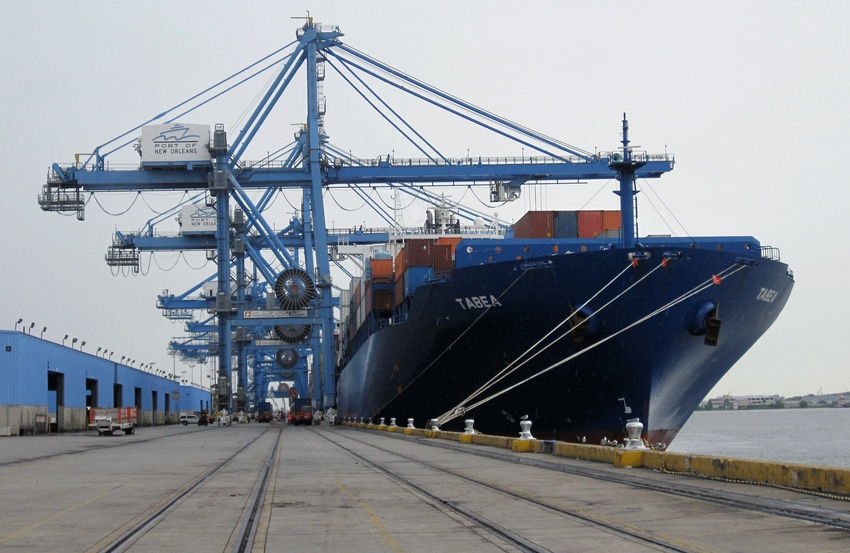March 25, 2016

The Southeast agriculture industry has a head start on the rest of the country when it comes to doing business with Cuba. The top five ag-product-exporting states to Cuba are all Southern.
Virginia recently surpassed Georgia as the No. 1 state in the country for farm and forestry exports to Cuba.
According to a Feb. 12 statement by Virginia Gov. Terry McAuliffe, “With a total of $41.6 million, Virginia agricultural exports to Cuba increased by more than 67 percent last year, surpassing Louisiana, Georgia, Florida and Alabama for the top position. Virginia exports, mostly soybeans and soybean meal, represent 28 percent of Cuba’s total agricultural imports from the U.S., which totaled $148.5 million in 2015. Virginia was the only state to see an increase in exports to Cuba in 2015.”
With its $41.6 million exports to Cuba, Virginia “indeed was the most of any state, followed by Georgia, which had $30.9 million in agricultural exports to Cuba; and Florida, which had $29.9 million in exports,” according to reporting by Politifact (a group that checks such claims by elected officials) in partnership with the Richmond Times-Dispatch.
“Rounding out the top five agricultural exporters to Cuba were Alabama and Louisiana. Altogether, the U.S. exported nearly $150 million in agricultural goods to Cuba in 2015,” Politifact reports.
In 2014, the Obama administration rekindled formal diplomatic relations with Cuba. But legal trade with Cuba has been in place, though limited, since the Trade Sanctions Reform and Export Enhancement Act of 2000 was passed, which allows limited sales of food and agricultural products to Cuba.
Although U.S. food and agriculture companies can legally export to Cuba under current sanctions, financing restrictions imposed by the 1962 embargo are still in affect and still limit U.S. companies from investing resources into Cuba. And travel restrictions remain, though they are being softened.
Broadening agricultural trade
As part of Obama’s historic visit to Cuba March 21, the U.S. unveiled several measures to foster further collaboration between U.S. and Cuban agriculture sectors which will allow the 22 U.S. industry-funded Research and Promotion Programs and 18 Marketing Order organizations to conduct authorized research and information exchange activities about agricultural productivity, food security and sustainable natural resource management with Cuba.
This will be “a significant step forward in strengthening our bond and broadening agricultural trade between the United States and Cuba,” said Agriculture Secretary Tom Vilsack.
Cuba has about 11 million people and is not a food-secure country. It imports 70 percent to 80 percent of all the food eaten by its people as part of the food ration program in the country. According to the Word Food Programme, “(Cuba’s) economic model is being updated to improve efficiency and sustainability, guided by the principle that no Cuban will be left unprotected. Climate hazards, poor dietary diversity and practices and low agriculture productivity represent a challenge to national food security.”
It’s a political can of upturned rabid worms to say whether Cuba’s food-security problems stem from bad economic decisions made by the country’s rulers or the U.S. trade embargo. But like with most geopolitical matters, blame can be shared or shoved off onto others as your agenda warrants. But it is certain that Cuba is a long way behind the U.S. when it comes to modern agricultural technology and development.
One thing is clear: Cuba and the U.S. are ‘frenemies’ now. Pomp and circumstance, glad-handing and political gestures are soothing the dogmatic egos built up in both countries over the last five decades. I’m waiting to see what happens after this.
I hope the renewed relationship between the communist country and the democratic, capitalist one provides increased and equally beneficial trading opportunities for agriculture and not become a resource or technology drain from one to the other.
You May Also Like




